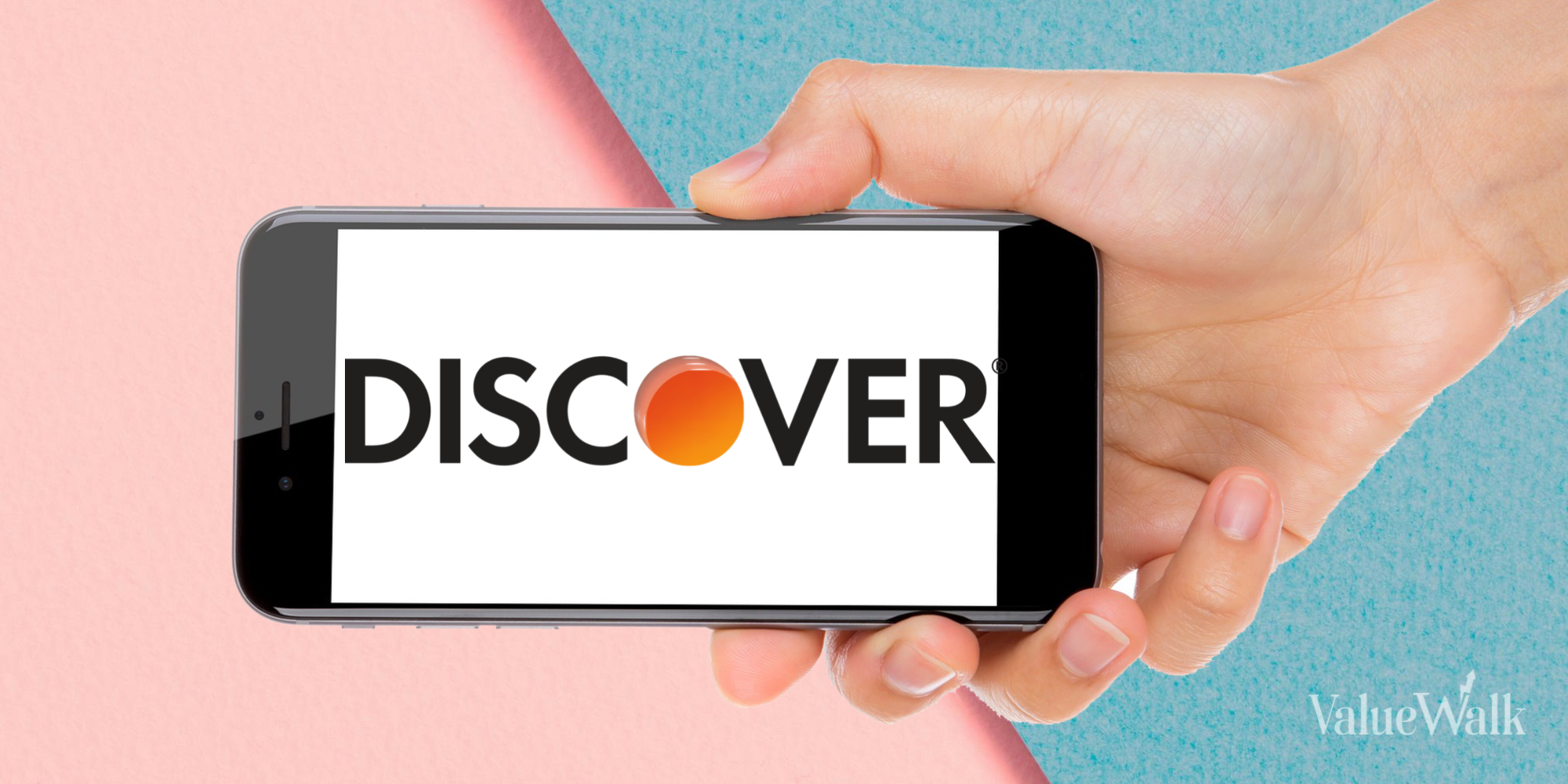The Power of Mimicry
February 24, 2015
by Dan Solin
PDF | Page 2
Advisor Perspectives welcomes guest contributions. The views presented here do not necessarily represent those of Advisor Perspectives.
You are in a meeting with a prospect. You want to do everything you can to convert that prospect into a client. What actions can you take to maximize the possibility of success?
A fascinating study co-authored by Jeremy Bailenson and Nick Yee, of the Department of Communication at Stanford University, provides a surprising answer.
“Mimicry,” also known as “mirroring,” refers to a pattern of behavior that involves copying verbal and non-verbal behaviors of another person. For example, if your prospect is crossing her arms, and you cross your arms, you are engaged in a form of mimicry.
Bailenson and Yee cited extensive research indicating that subjects showed a preference toward people who engaged in mimicry. They found them more likable than those who did not.
Verbal mimicry is also very powerful. Bailenson and Yee noted research indicating waiters who repeated a customer’s order received larger tips than those who did not.
The impact of successful mimicry is very profound. Not only do we tend to like people who are subtly mimicking our non-verbal and verbal behavior, but we are more inclined to want to socialize and affiliate with them in some manner.
Bailenson and Yee pushed the envelope further. They set up experiments where participants interacted with computer-animated figures conveying a persuasive message. The message (lasting only three minutes) was intended to convince students to carry identification cards when walking on campus.
The animated characters were set up to either mimic the head movements of the study participants (with a four-second delay) or not. A four-second delay was chosen because previous research demonstrated that this time period is optimal in minimizing the detection of mimicry and maximizing its effect.
PDF | Page 2
Remember, if you have a question or comment, send it to [email protected].
Contact Us | Privacy Policy
© 2015, Advisor Perspectives, Inc. All rights reserved.











